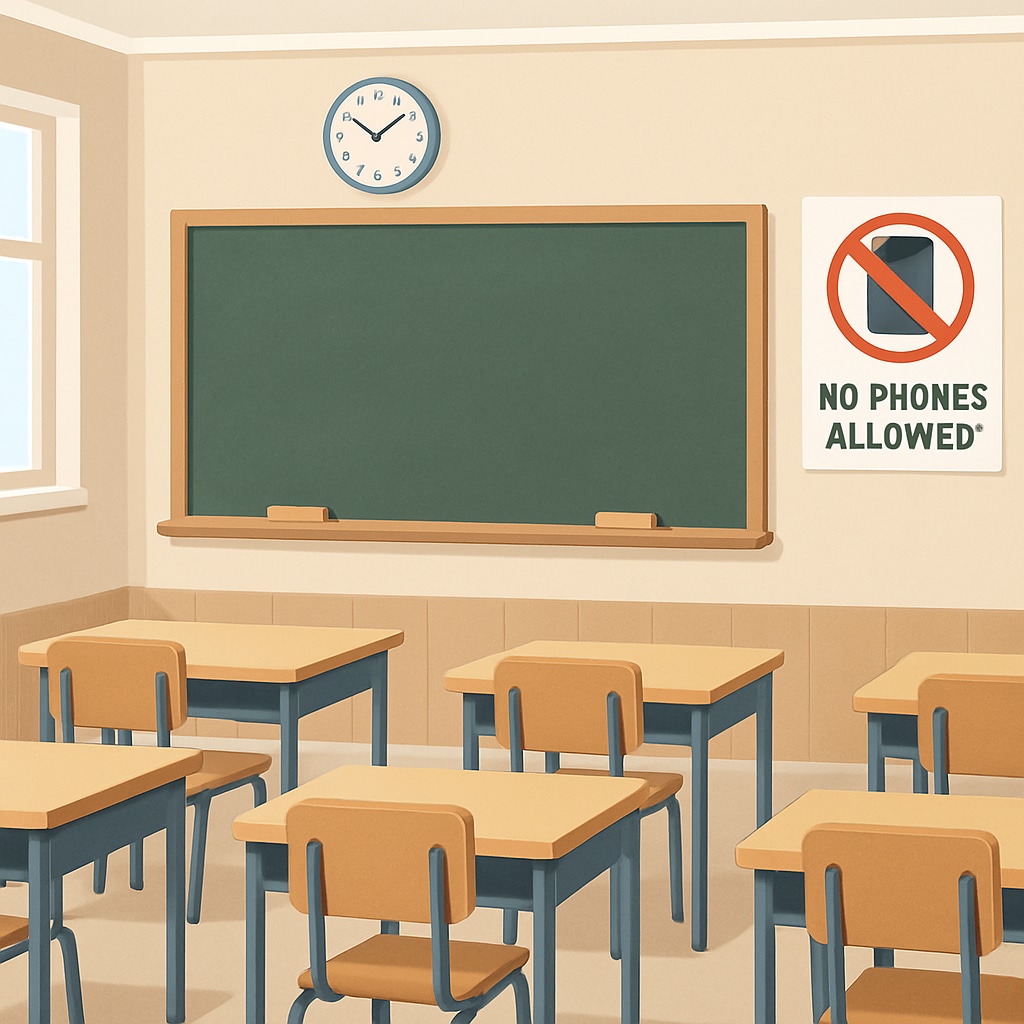As K12 schools increasingly implement phone bans to reduce distractions, educators, parents, and policymakers are faced with balancing the benefits against challenges related to school safety, learning environments, and resource allocation. While the intention behind these bans is clear—to create focused learning spaces—their execution and side effects warrant deeper analysis.

Why Schools Are Adopting Phone Bans
Many schools choose phone bans to minimize the negative impact of technology on students’ academic performance and social interactions. Mobile phones are known to cause distractions during lessons, with notifications, social media, and gaming often competing with educational content for students’ attention. Additionally, there are concerns about cyberbullying and inappropriate content being accessed during school hours.
However, banning phones outright may raise questions about the practicality of such policies. For example, phones are often used for research, communication in emergencies, and educational apps. Striking a balance between reducing distractions and leveraging technology as a tool for learning is essential.

The Challenges of Enforcing Phone Bans
While phone bans aim to streamline the learning environment, their implementation can be complex. Some of the challenges include:
- School safety concerns: Phones are vital during emergencies, allowing students and staff to communicate quickly with authorities or families.
- Equity issues: Not all students have access to alternative devices like laptops or tablets, creating disparities in educational opportunities.
- Staff workload: Teachers may feel burdened by policing phone usage, which can detract from instructional time.
As a result, schools must weigh the benefits of phone bans against these logistical hurdles and consider whether less restrictive measures could achieve similar outcomes.
Alternative Solutions to Phone Bans
Instead of outright bans, schools could explore alternative strategies to manage phone usage effectively while still addressing concerns. Here are some potential solutions:
- Designated phone zones: Create specific areas or times during the school day where phone use is allowed, such as lunch breaks or study halls.
- Digital literacy education: Teach students responsible technology use, emphasizing the importance of balancing screen time and focusing on their studies.
- Classroom management tools: Use apps or systems that lock phone usage during lessons, allowing access only to educational resources.
These approaches promote responsible phone use while preserving the advantages that technology can bring to education.
Finding Balance: The Path Forward
The debate around phone bans highlights the need for nuanced policies that address both the benefits and drawbacks of mobile devices in schools. A balanced approach should involve collaboration between educators, parents, and students to develop guidelines that foster both a productive learning environment and a safe, equitable space.
For example, schools could establish clear rules about phone usage during class while ensuring students can access their devices during emergencies. Digital literacy programs could also equip students with the skills to manage distractions and use technology responsibly. By prioritizing education over enforcement, schools can strike a balance between reducing distractions and preparing students for a tech-driven world.
Readability guidance: This article uses short paragraphs for ease of reading, integrates lists to summarize key points, and employs transition words like “however,” “therefore,” and “for example” to enhance flow and coherence.


